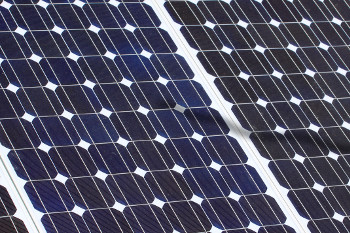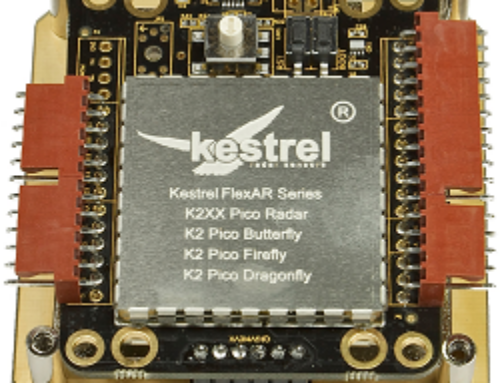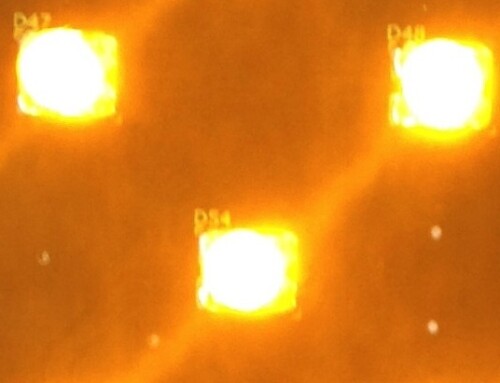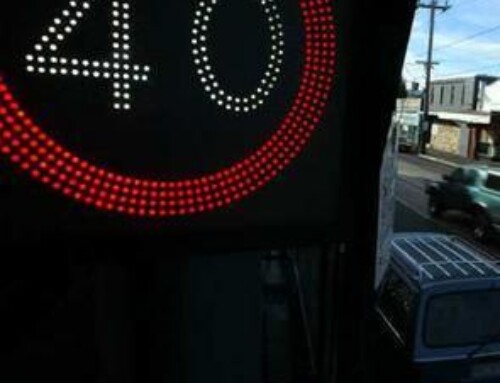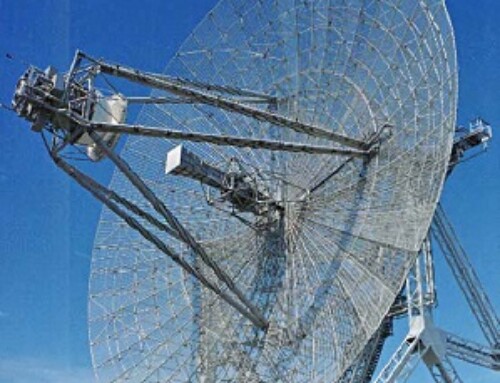Why Should You Buy Solar Powered Speed Signs?
The primary difference between Solar Speed signs and other Speed Signs is the power source, with Solar signs being powered by solar panels. A battery acts as the localised primary power source and this battery is recharged by a solar panel. The Solar Speed Signs are getting more popular than traditional mains powered Speed Signs. The simple reason behind this change is the cost of infrastructure required to install a standard mains powered sign. It takes a lot of paperwork and money as well as a variety of contractors to deploy a mains powered Speed Sign these days. There is no hope of these costs falling any time soon, so the natural progression in this field is to deploy devices that require very little in the way of installation costs, or armies of contractors. The Solar Speed Sign can be mounted on existing infrastructure which means you don’t have to have a utility company charging a fortune to lay in power or go through convoluted loops to get local authority permissions.
Did I mention the environmentally friendly nature of these products? With free sunlight available most of the time there is no need for back up mains supply (although in some installations a small wind turbine is used as backup). A little care and attention is required to select the location to ensure either or both these free energy sources are available throughout the year, but this is the only criteria of consideration. If your struggle, online websites come to the rescue, helping you figure out if your location will get sufficient sunlight; therefore telling you the size your panel needs to be.
Dynamic power consumption may well be the biggest factor. As the sign activates, large amounts of power can be used to light the LED signage and this is often dependent on the ambient light conditions. These factors along with the number of activations per day are important considerations. By performing some estimates based on the location of the sign and the expected number of activations during daylight condition and night time conditions, figures can be calculated to determine the amount of power (watts) the sign is likely to use.
Interestingly, one of the most overlooked aspects of power usage is the static power consumption of the sign when the LEDs are not activated. The Radar will still be active at all times, as will any other electronics within the sign. This can be a major factor in deciding which products are suitable for a solar powered sign application and also helps to determine the size of solar panels and battery. This does of course lead to the burning question of efficiency in your Radar. At Kestrel Radar Sensors we have developed the worlds lowest powered 100 meter Radar at around 50mW, this is 50% less than any other radar in the world. It can be powered from 12V or even 6V battery systems, as mentioned earlier the secondary electronics can also play a major role and we have a Led driver product that also has the worlds lowest power consumption, less than 1mW. All these power savings can mean a big difference to the size of battery required in a system, so great care should be exercised when reading power consumption figures and the modes of operation that are given to achieve these numbers.

